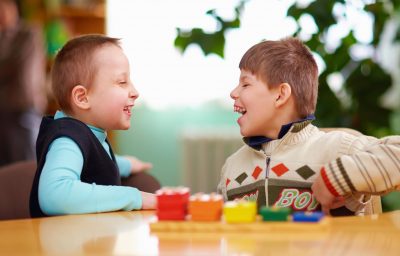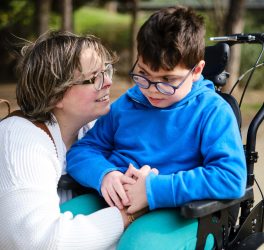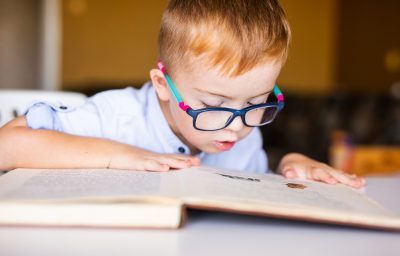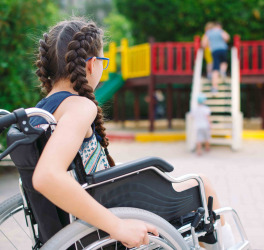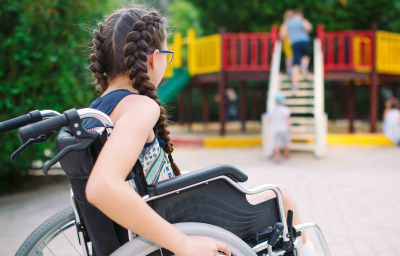
Children with disabilities and children on the move represent highly diverse populations living in a broad range of circumstances. But as two of the most marginalized groups of children in the world, there is much they have in common, often-times neglected in data collection, policies and programming.
The report examines children’s lives when these two identities intersect. It asks key questions about growth, development, safety and security when children with disabilities migrate or have been displaced. While the available evidence is limited, it is clear that across contexts – from humanitarian to high-income settings – this group of children faces high barriers to participating in society.
Key findings: Children with disabilities who are on the move
- Many face severe deprivations in their day-to-day lives, such as limited access to quality education, health care, food and clean water. Many are exposed to violence, exploitation and abuse.
- Migration and displacement can aggravate existing impairments or lead to new ones, including mental health issues. Yet many children with disabilities who are on the move will not receive the care they need, including those who are ‘left behind’ when parents or caregivers migrate on their own.
- The needs of children with disabilities are often excluded in policymaking and planning across migration and displacement settings, whether humanitarian or high income. This has introduced serious risks and vulnerabilities to their lives.
- Experiences of discrimination, marginalization and isolation may be severe when stigma and xenophobia related to migrant and displaced populations intersect with misconceptions or negative attitudes towards persons with disabilities.
- Crises such as conflict, climate change-related emergencies and the COVID-19 pandemic can disproportionately impact children with disabilities who are on the move. Responding to today’s crises and preparing for those to come requires concerted efforts that are age-sensitive and disability- and migration-inclusive.
While it is clear the rights of this group of children are commonly violated, there is much we have yet to learn about them. More research and evidence are needed not only to identify children with disabilities who are on the move, but also to remove the barriers that prevent them from accessing their rights and where policy and programmatic intervention is needed.
The report addresses both of these issues: where investments must be made to bolster the evidence base and the way forward for an inclusive society that ensures every child’s right to survive and thrive is protected.


